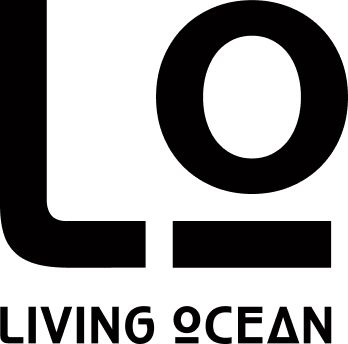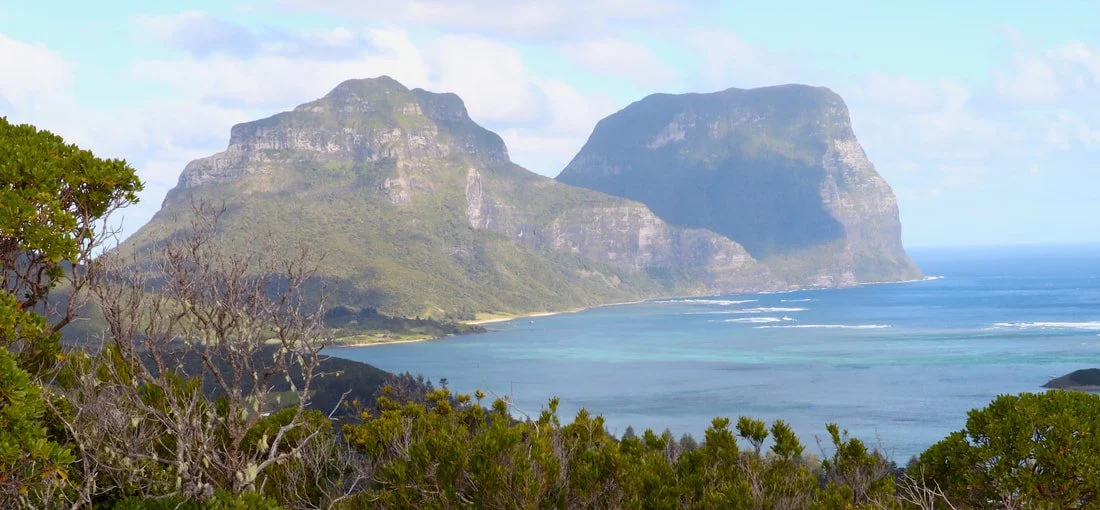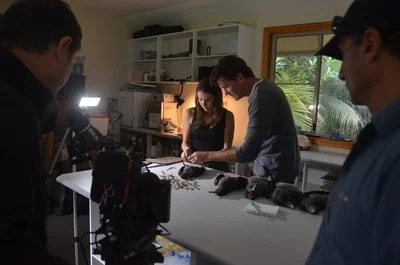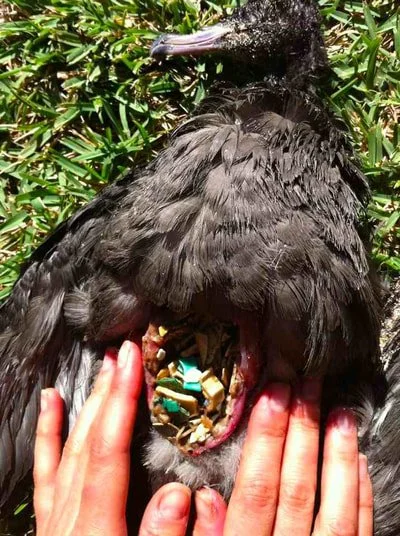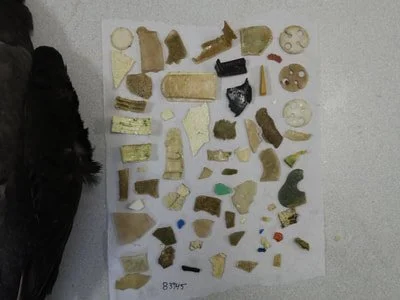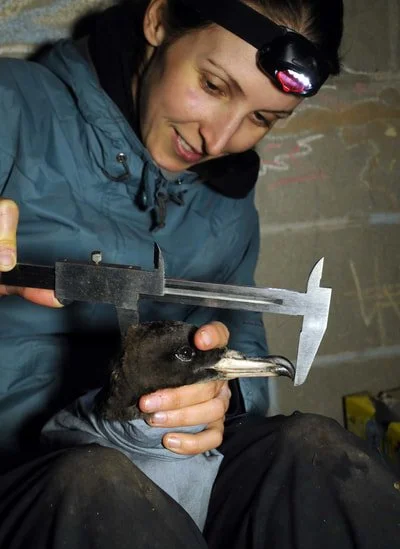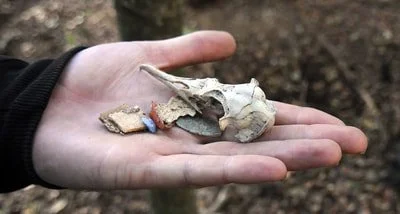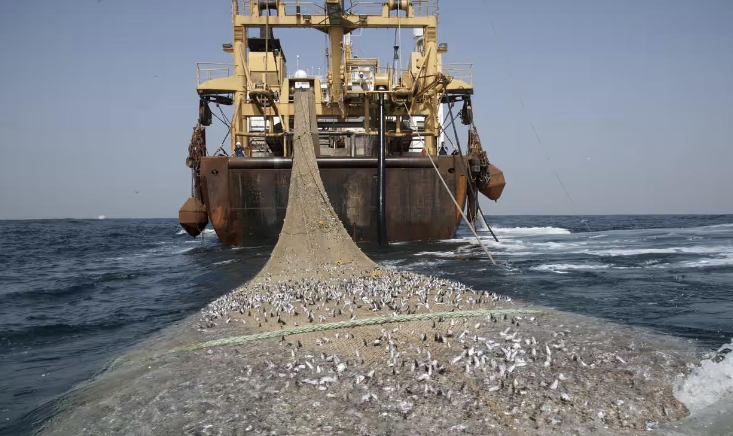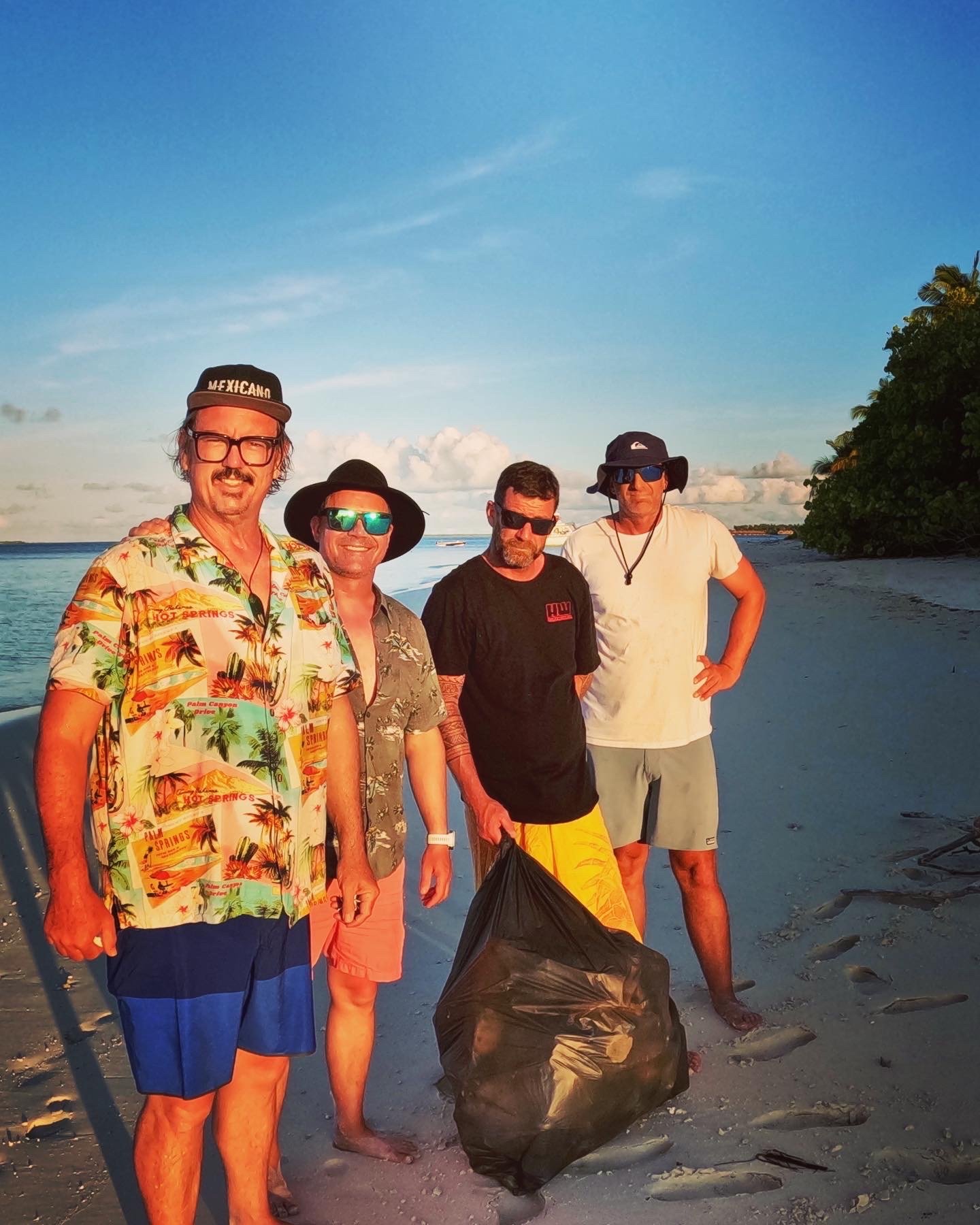Bill Fulton: A day in paradise… or is it?
Bill Fulton, Living Ocean Marine Research Director, Volunteers with Dr. Jen Lavers on Lord Howe Island to assist in assessing the impact of plastics in Shearwater populations. Living Oceans funds some of this research with donations from its members and trust funds…
Alone at night in the middle of a sandy rainforest on a remote Pacific island, this Living Ocean volunteer is utterly lost. A step in any direction might collapse sand on the burrow of a chick, dooming the bird within. My companions are nowhere in sight and I have no idea which way to go. With wife Ineke I’m assisting a team of scientists researching how ingested plastics affect the health of shearwaters. Lord Howe is an island of incredible beauty — World Heritage — but right now I’m wondering if being here was such a good idea. Most of our two-week stay lies before us. At last I momentarily spot the distant gleam of a lamp and, remembering with enormous gratitude the compass app on my phone, manage to navigate back to our makeshift camp, cyclist’s lamp on head, with the chick I’ve captured.
Like so many others bagged that night, it weighs only a couple of hundred grams, far below the healthy weight of 550-750 grams for a chick its age. It is emaciated and starving. As is usual for the species, its parents have left for the Sea of Japan in advance of the chicks, so there isn’t going to be any more food until the chick departs the island and learns how to catch it. Clearly this one will never be able to. The starvation may be due to the lack of food in the Tasman Sea, where the parents have ranged over hundreds of kilometres, even as far as Sydney, or a stomach full of plastic that the adults have inadvertently regurgitated along with the squid. Or both. We will be finding out.
Back at the camp, everyone is a picture of concentration and words are few. It’s a production line, and time is precious. Dr Jennifer Lavers from Tasmania is measuring and weighing birds, banding the ones that can be released. Rubbing the chicks’ stomachs, Jennifer gets a good idea of how much plastic they contain. Blood samples that she is taking will be analysed for a range of diseases such as diabetes, allowing a correlation between the amount of plastic and incidence of disease. So far, it’s looking like even small amounts of plastic may cause disease. This year with a larger sample, the blood analysis costs being underwritten by Living Ocean, this suspicion may be confirmed. That would be a stunning result, likely with huge implications for most marine life and ultimately human life as well.
A few steps away Dr Alex Bond, from the UK, is working on the ‘how much plastic’ part with the original instigator of the project, Ian Hutton of the wondrous local Museum. Water under gentle pressure is being introduced into the upper stomach, the proventriculus, flushing its contents into a tub. In the lab tomorrow morning we’ll be counting, classifying and weighing the plastic pieces - 80 of them in one case — nothing near a record, we’re told. Ineke has found a niche as data recorder extraordinaire.
It’s early morning on the beach. After too short a sleep, Ineke and I have slogged our way over to the other side of this mountainous island, and are weary. Rainshowers on the eastern horizon, caught by the light of the rising sun, have a transcendent beauty that ameliorates the tragedy unfolding before us. Here is an emaciated dead chick at the high tide line, here is another, and another. At the base of the cliff, a dying chick is pathetically scratching away in a totally failed attempt to start a burrow. I look away for a moment, then I catch it and put it gently in a carton.
9am sharp and here we are in the lab. There’s scarcely a ‘good morning’ — nothing unfriendly, it’s just there is so much work awaiting. Everyone is at it immediately, a well-oiled machine. The scientists are dissecting birds, dead ones and ones that needed euthanasia. Jennifer, who comes here every year at this time, relates how for years she tried to feed and save emaciated birds but could not succeed with even one. We watch with awe and horror as the two stomach compartments, gizzard and proventriculus, are slit open, revealing piece after piece of plastic, some large, some small, some tiny. Pumice as well - that’s normal. Bottle tops, bits of a computer, nurdles used in plastic manufacture, sharp bits puncturing the stomach, round bits, every shape and colour. And ever so many balloon clips — three in one bird! Plastic and pumice are being counted, weighed to four decimal places, classified and recorded. These, along with feathers, liver and other organ samples are wrapped in aluminium foil for later study. I make some mistakes and am gently corrected. Occasionally I briefly run out of work and can get some video. Twenty-two birds today.
We get a few hours off while the scientists are transferring data to computer. They never stop; it’s awesome to behold. Already it’s time for the next night’s work.
Looking down on the mountains and lagoon as our prop-jet bears us away from the island, our hearts are filled with such varied emotions. The amount of data is stupendous, with a record number of birds processed in 2+ weeks. We reflect on our new-found love for these beautiful birds and hope that our small efforts will in some way help future generations of a species whose numbers have plummeted dramatically in recent times. We think also of the luckier, healthy chicks, who will spend around seven years at sea shuttling between hemispheres without ever making landfall, returning eventually to breed in the colony of their birth and in some cases even to the very same burrow, where some future researcher may find them wearing the bands we attached with love.

